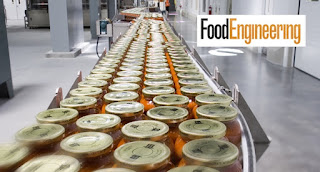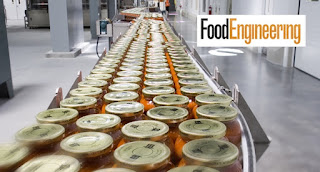by Durga Dharshini. D | Shirley. D | Abinaya. M "The Integration of Flax Seed into Brewing and Production of Omega-3S Enriched Beer"
Published in International Journal of Trend in Scientific Research and Development (ijtsrd), ISSN: 2456-6470, Volume-4 | Issue-6 , October 2020,
URL: https://www.ijtsrd.com/papers/ijtsrd33550.pdf
ugcapprovedjournalswithlowpublicationfees, conferenceissuepublication
























